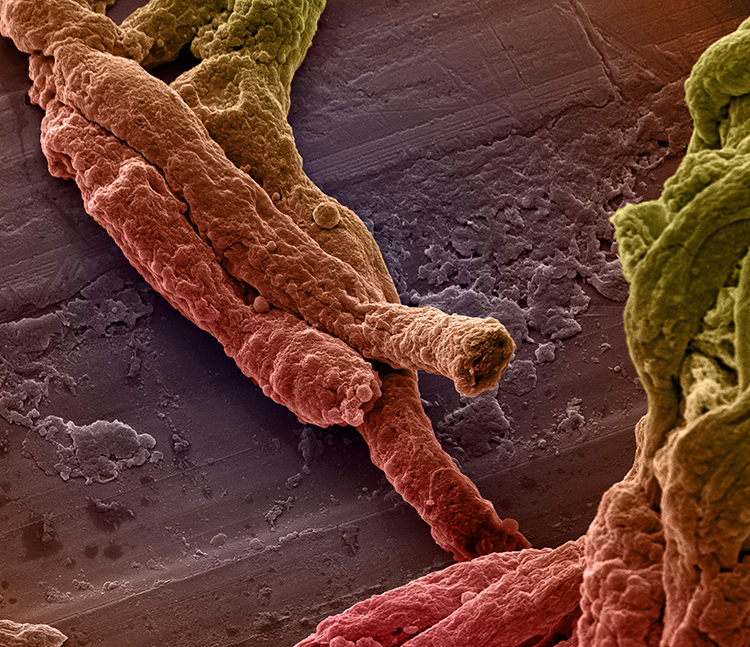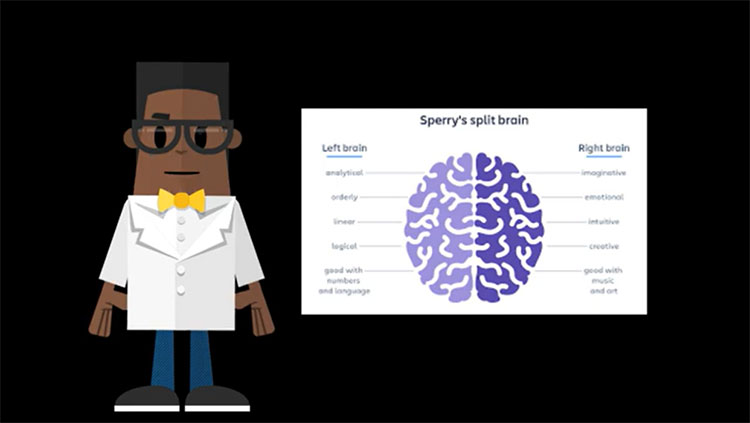Gatekeepers of the Brain
- Published7 Feb 2018
- Reviewed7 Feb 2018
- Author Charlie Wood
- Source BrainFacts/SfN

These small blood vessels, seen here in a mouse brain, keep what’s in your blood from getting into your brain, while letting in water and other (usually) desirable molecules. Similar in size to spider silk, they feature an inner lining that’s more leak proof than normal blood vessels and has occasional doorways leading to the brain. These gatekeepers let through certain molecules, which tend to be very small and able to dissolve in the brain’s fatty parts.
But the vessels’ selectivity comes at a cost: they also block potentially helpful drugs. Some researchers are trying to breach this barrier by putting therapeutic molecules into so-called “nanoparticles,” objects small enough to slip through the doorways unchallenged.
CONTENT PROVIDED BY
BrainFacts/SfN
Also In Anatomy
Trending
Popular articles on BrainFacts.org


















